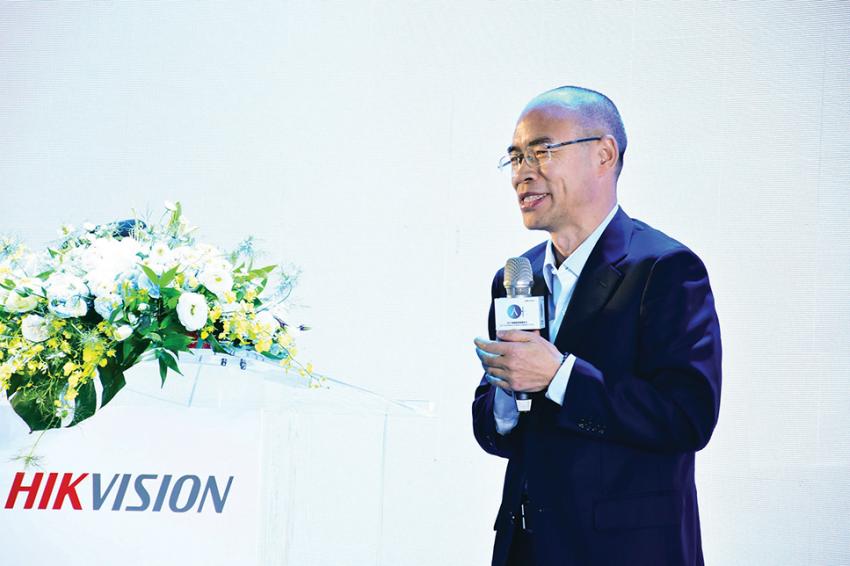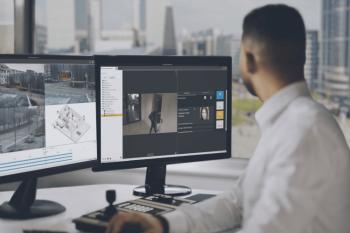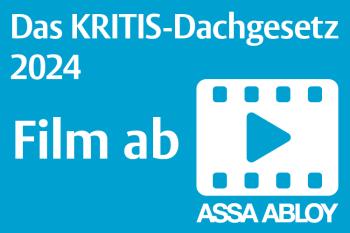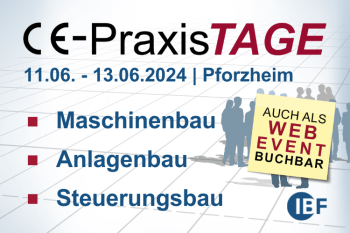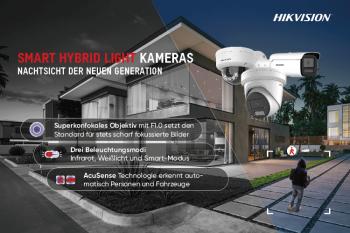Intelligence on the Edge
Hikvision to make “AI Cloud” debut
Hikvision’s ‘AI Cloud’ establishes a distributed structure incorporating Cloud Computing and Edge Computing. It extends the Artificial Intelligence (AI) algorithm from the cloud to an edge network of on-premises video recorders and servers, and further to edge devices like the security cameras. The three-layer architecture all supports the goal to build a new class of AI-powered applications, being even smarter and faster.
Hikvision held an Artificial Intelligence forum in Shenzhen, China on 28 October, one day before the CPSE trade show kicked off. The forum had the theme of “AI, beyond innovation” in keeping with the company’s continued commitment to technology advancement. Accordingly, Hikvision introduced AI Cloud, what they consider to be the next level of AI technology development, and its comprehensive implementation in a variety of vertical applications.
Cloud computing is an information technology (IT) paradigm. It allows users with various computing capabilities to store and process data either in a privately-owned cloud or on a third-party server located in a data center. However, with the computing business becoming more and more versatile and complicated, the demand for data processing performance is even higher. In the process of data transition to the cloud, cloud computing consumes tremendous network resources and time, which all result in network congestion and low reliability.
Coming Down from the Cloud
Mr. Hu Yangzhong, CEO of Hikvision, who addressed the forum, pointed out the irresistible trend of engineering AI algorithms into edge devices, and making the edge more intelligent. The Hikvision ‘AI Cloud’ structure was then introduced, which enables the AI algorithm from edge to cloud, distributing the overall pressure that the large amount of data places on the center.
“Edge computing uses local computing to enable analytics at the source of the data. Powered by AI technology, it strengthens the sensing capability of front-end cameras and helps us to understand the captured scene more effectively and accurately. With AI algorithms woven into the edge devices, only selected information such as an individual or a vehicle in a video image will be extracted and sent, which significantly enhances the transition efficiency and reduces the network bandwidth, while still sustaining high quality and accuracy. Edge computing will also accelerate more efficient business responses, creating immediate action and event alerts”, Hu commented. Hikvision AI Cloud was developed to solve real world challenges existing in different vertical markets, and to create continuous value to end users.
Learning By Doing
Artificial Intelligence is the most trending technology in the security industry and the company has gained over a decade of experience in this field. It has invested in video intelligence technology since 2006, when its first algorithm team was established. In 2013, the company started to implement Deep Learning technology, and in 2016 its full range of Deep Learning products were introduced to the security industry.
Hikvision has taken this technology and innovated a family of products to maximize its use. The Deep-in-View IP camera range and the Deep-in-Mind NVR range work together to provide all the power and benefits of Deep Learning. While the cameras provide the smart ‘eyes’ of the system, the NVR represents the analytic and storage capabilities of the brain. The products help to tackle security on two fronts – recognition, monitoring and counting of people and recognition and detection of vehicles. They use Deep Learning technology at its most effective, for its ability to classify and recognize thousands of ‘features’.
Kontakt
Hikvision Europe
Dirk Storklaan 3
2132 PX Hoofddorp
+31 (0) 23 554 2770
+31 (0)23 5631112

